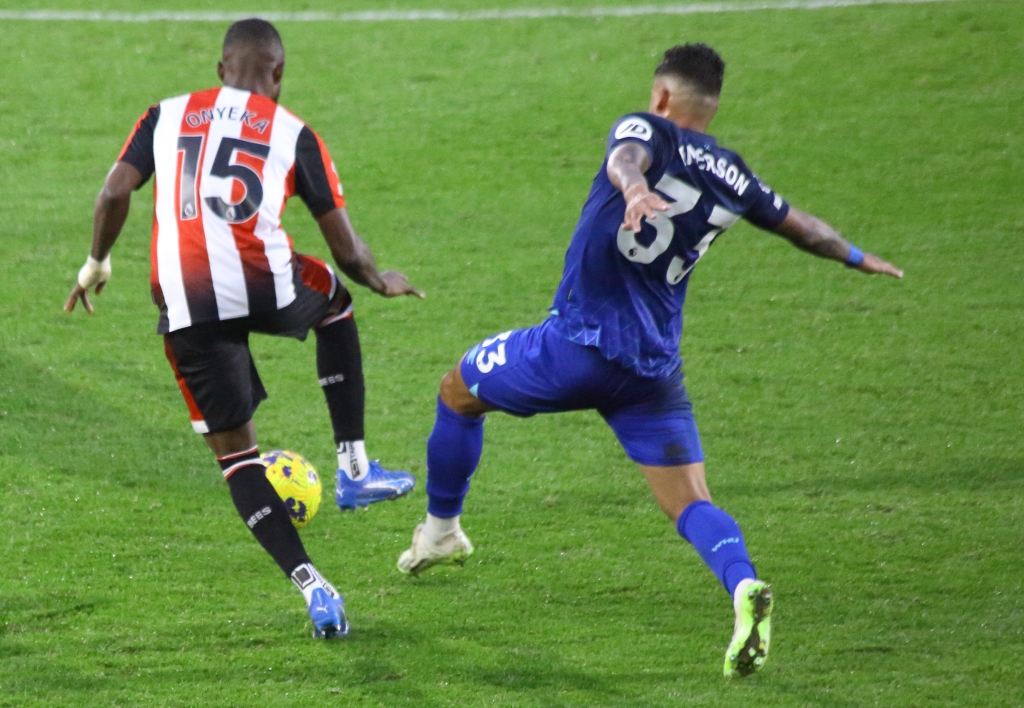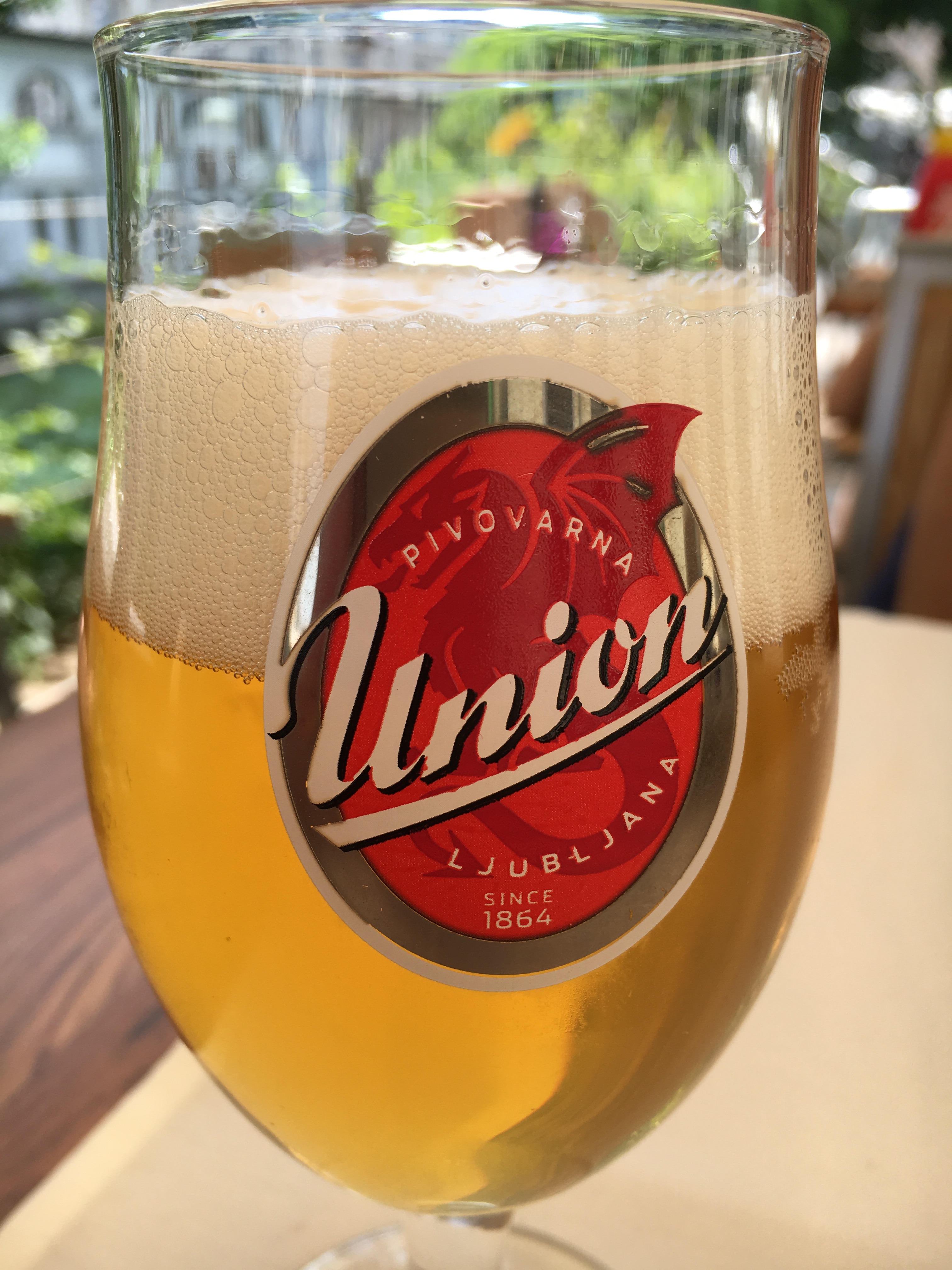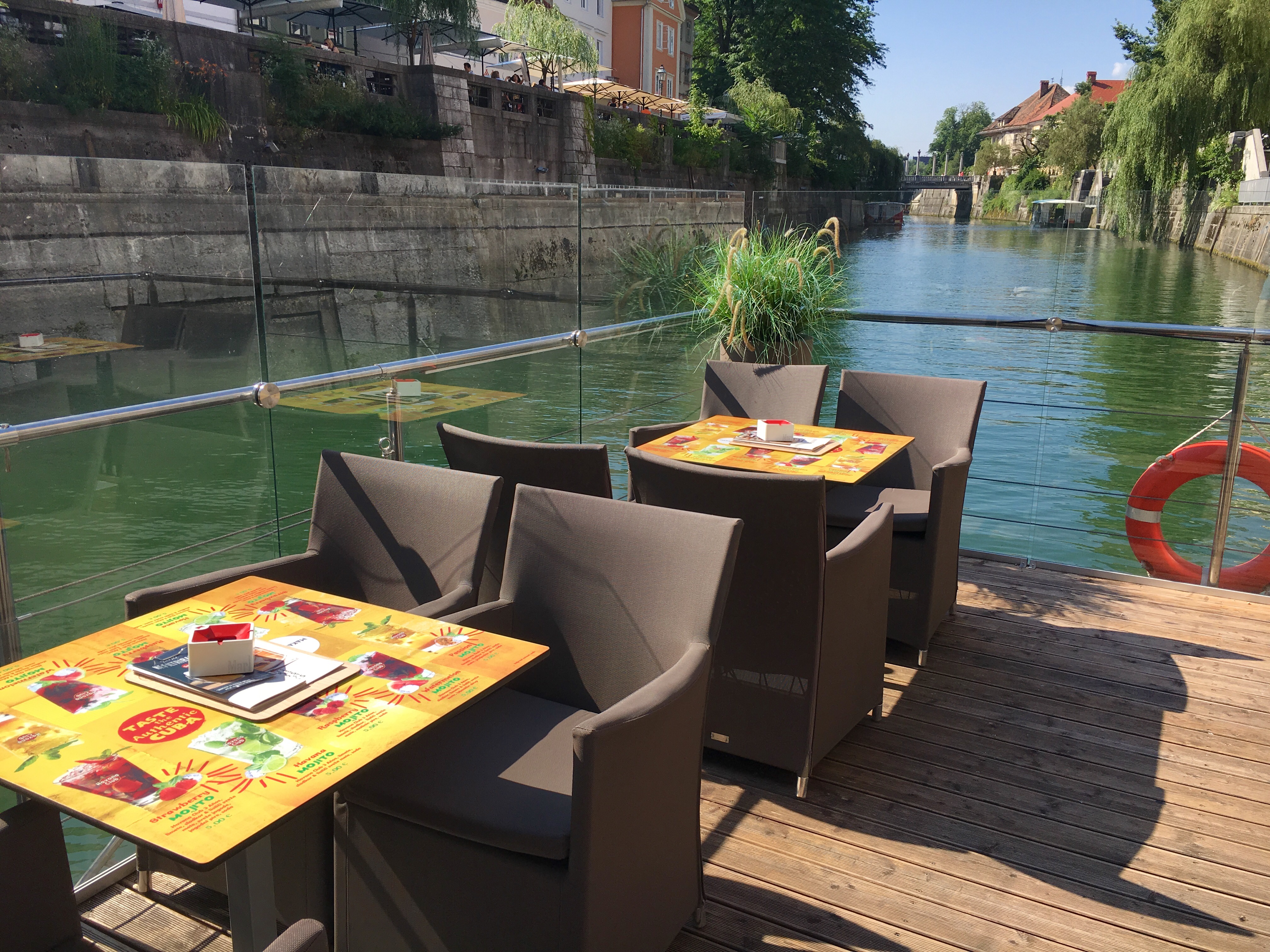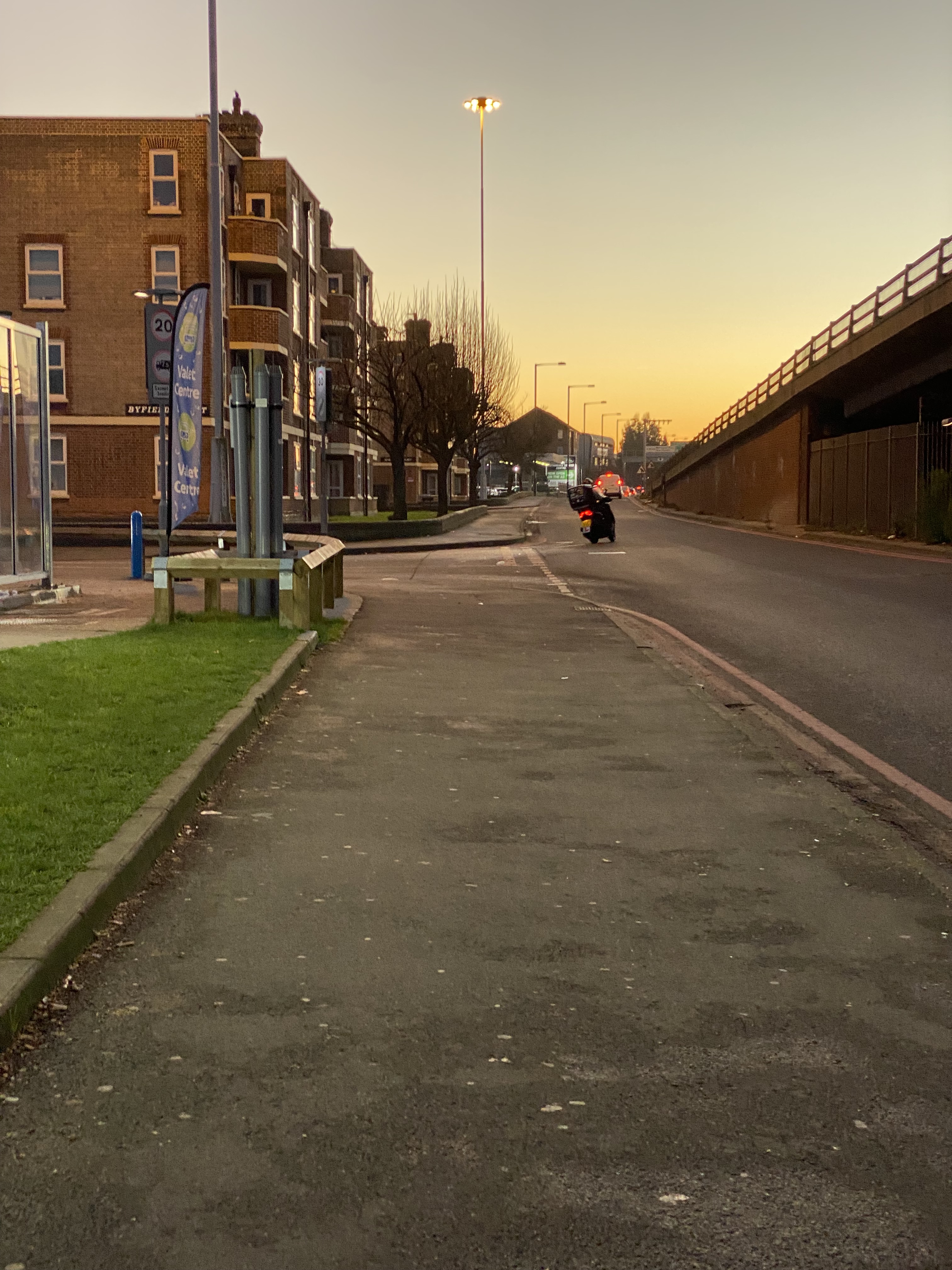Arcticterntalk.org
The blog of a travelling psychiatrist and football lover. Who happens to be a halfway decent photographer. Takes a cynical view of the world
Author Archive
footballers with ICD DEVICES
A HORRIBLE number of footballers have collapsed with cardiac arrests on the pitch in recent years , however many now survive and indeed do or may return to high level football , christian eriksen returned to premier league football with brentford and TOM lockyer the luton town captain is waiting for his medical options , both players are fortunate as mortality rates from cardiac arrests outside hospital are relatively high although rates in hospital are thankfully lower , both players have been fitted with implantable cardioverter defibrillators


unusual xmas decorations
as xmas approaches trees are decorated and folks have different ideas of what they like . but how many have a xmas llama ? to my knowledge only one myself

lots of raised arms in football at risk of conceeding unneccessary fouls and penalties
these are photos from a random premier league game in 2023 brentford v west ham and are photos captured randomly during the game with no specific attempt to focus on raised arms , although in some cases it can be argued that arms are used for balance, in many of these it is clearly not the case and risk conceeding freekicks and penalties







THE R VALUE FOR COVID19 REMAINS MYSTERIOUS
FIRSTLY WHAT IS THE R VALUE?R is the number of people that one infected person will pass on a virus or infection to, on average.AND IS a respected epidemiological statistic that helps to understand the infectivity of an illness and has been used for many decades to study illnesses such as measles where data is available on large populations
for covid19 however we do not have these data as it would require specific mass testing of a defined population repeated on a regular basis eventually this may be feasible if the plan to mass test a city like liverpool takes place
currently this R NUMBER is being used it seems by the government to determine severity of infection and to determinesubsequent actions such as lockdowns which are serious sequelae recognised to damage economies, lives, livelihoods and mental health yet we still do not know precisely how the R number is calculated but the various scientific groups in SAGE must use other endpoints as proxy numbers but we have yet to be told what they use this should not be a secret especially as the usual suspects such as case rates, hospital admissions and deaths can have many factors that influence them that i have covered in previous blogs (examples include more testing leading to more cases, more hospital beds allow more admissions,inacurrate counting of death rates
few of us are expert epidemiologists including matt hancock etc, but we are all affected by lockdowns, tier levels, travel corridors or whatever other soundbites the government emerges with and deserve to know the precise origins of the R NUMBER , which to me remains so mysterious as to be fictitious until we know how it is calculated especially also as it is reported as a range very often and a change in the number may lead to either a lockdown or escape from one

Ljubljana – the most beautiful city in Europe
Ljubljana is the capital city of Slovenia and is a city with the river Ljubljanica running through the city centre giving an intense backdrop to the many restaurants and cafes that line the river banks.
The city has a population of around 300,oo and that excludes the many dragons lining bridges and other areas. The dragon is the symbol of Slovenia.

It is an attractive lattice of cobbled streets, arched alleys and fine cultural monuments, many of which were bequeathed to the city by Jože Plečnik (1872–1957), Slovenia’s most celebrated urban planner including the brilliantly conceived Triple bridge.

There are plentiful museums as one might expect from a capital city but the real enjoyment comes from simply walking the streets and seeing this city first-hand. Oddly the castle which gives an almost fairy tale backdrop to the city is about the only average feature of the city .

Many of the streets are cobblestone and lined with street art. Small bakers and other artisans sell their wares.
 The bars and restaurants are plentiful and provide ample choice, although maybe pizza is the commonest type of cuisine.
The bars and restaurants are plentiful and provide ample choice, although maybe pizza is the commonest type of cuisine.
 Never also forget the amazing street art that is everywhere.
Never also forget the amazing street art that is everywhere.
 You can sit literally in the river and eat and drink in various bars and restaurants
You can sit literally in the river and eat and drink in various bars and restaurants
 When nighttime comes there is often entertainment in Pleseren Square.
When nighttime comes there is often entertainment in Pleseren Square.
Cricket is A Photogenic Sport. How to Photograph a cricket match
Cricket is an under rated sport to photograph amongst photographers. There has long been a belief that 800mm lenses are essential. The reality is that cricket can be well photographed with 400mm focal length lens. Key basics include using shutter speeds of at least 1/1000th and shooting from varied vantage points around a ground. ISO speed is rarely an issue and speeds of 800 ISO and numerically higher are unlikely to give troublesome graininess as cricket is usually played in decent lighting conditions.

As for most sports fans of cricket will find it easier to photograph cricket and will appreciate the attributes of various players. For example those likely to play more attacking shots and those of a more passive nature. Each bowler has a different style and action. There are also many opportunities to photograph the people at the game and of course the ground itself. 
In general cricket is often an all-day game and thus it is impractical to photograph each delivery, so some selection of when to photograph is worth considering. The first couple of overs are often a time that wickets fall and the overs after a batsmen is out is another time when there is a higher percentage chance of getting good action shots.
The players often also mingle with the spectators at many grounds especially when leaving the pitch at lunch or teatime. 








A few hours somewhere in the Rome suburbs in early May
It is early May and the weather is surprisingly warm. I am somewhere in the Rome suburbs for a meeting this evening . This gives me the chance to just walk around for an hour or two.
First impressions are that few speak English and chaos reigns. Smoke is everywhere in the usual Latin way and folks amble along down the streets with no evidence of speed. The buildings are mostly old and not so well kept. Even some of the buildings give the impression of smoking with wisps of white cloud above them.
 A few pizza restaurants are open along the main streets. But a pleasant place to stroll around in the sunshine. Avoiding the cars is the most important thing as they drive and park seemingly everywhere. Curiously I did see one car with what I imagined to be a parking ticket. It was the only car parked seemingly in a proper place! Cars parked on pedestrian crossings were not unusual
A few pizza restaurants are open along the main streets. But a pleasant place to stroll around in the sunshine. Avoiding the cars is the most important thing as they drive and park seemingly everywhere. Curiously I did see one car with what I imagined to be a parking ticket. It was the only car parked seemingly in a proper place! Cars parked on pedestrian crossings were not unusual

All the offices and houses have entry systems that look like they are some random game.





